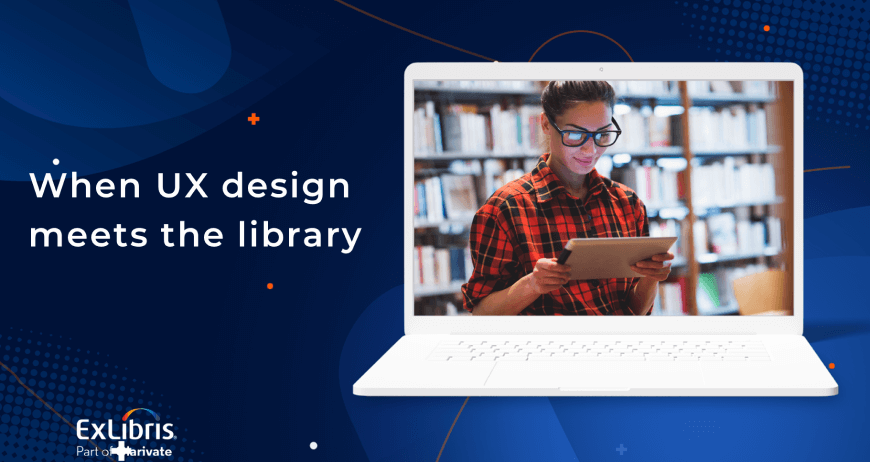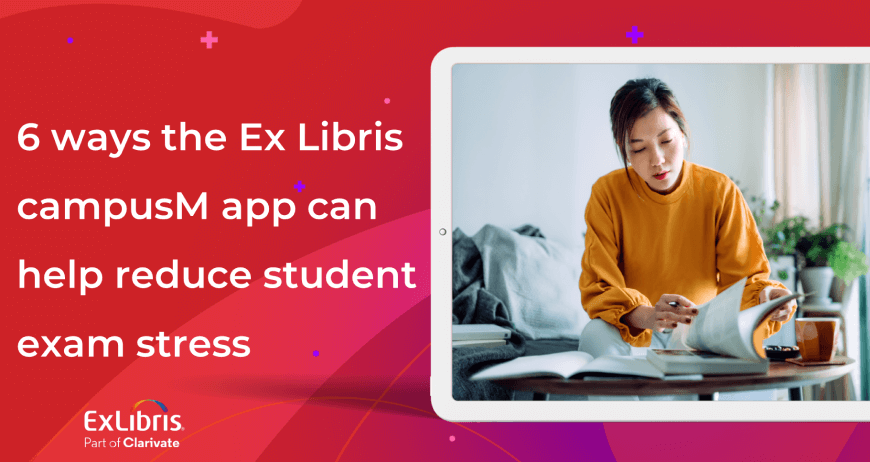A recent report published by the Higher Education Library Technology (HELibTech) has highlighted the importance and changing nature of the course resource list. It is no longer sufficient for a library to simply hold several copies of a given book in its “course reserves” section. Academic course resource lists are becoming more comprehensive, as they stretch to include multimedia, websites, podcasts, digitized excerpts, and digital-only source material.
A reading list can be general or focused and stable or dynamic, depending on the needs of the instructor and the course. Lists can be prioritized and annotated, drawn from assets the library holds or is subscribed to, and include third-party resources.
You might also be interested in

Alma
Leganto
Rapido
Rialto
Higher Education
March 14, 2024 |
5 min read
How academic library software can create a bold future

campusM Library
Leganto
February 29, 2024 |
5 min read
Your students don’t know how to re-engage

Leganto
Teaching and Learning
February 08, 2024 |
4 min read
The Leganto Marketing Playbook: How to market Leganto to faculty and staff
Great library experiences start with software
Download whitepaper

campusM
Leganto
Mobile Campus
Teaching and Learning
February 05, 2024 |
5 min read
6 ways the Ex Libris campusM app can help reduce student exam stress

Alma
campusM Library
Leganto
Primo
Rapido
October 29, 2023 |
4 min read
Why academic libraries are modernizing the user experience

Leganto
July 02, 2023 |
4 min read
Improve user experiences and showcase your library’s impact

Alma
Esploro
Leganto
Summon
Community
Employees
Higher Education
October 13, 2022 |
14 min read
Improving UX Design through Library Management System



